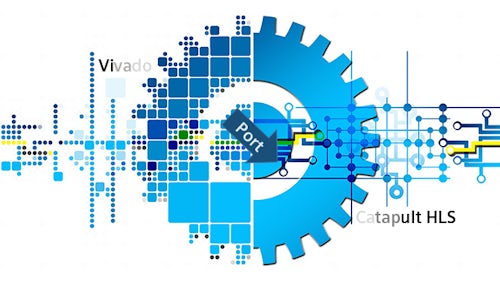The future of industrial engineering is designing and manufacturing more flexible, connected, and adaptable machines.
This can only be accomplished once machine builders embrace simulation-driven, digital product design.
With the right tools in place, machine builders and equipment manufacturers can deliver a packaged system of integrated products and services tailored to meet their customers’ needs.
Get the Advanced Machine Engineering ebook and discover the trends driving machine builders to adopt new methods to build the products their customers are demanding.
Virtual machines: A look at the advanced design and implementation trends
Advanced Machine Engineering takes a digitally-enabled approach to create the next generation of machines.
A digital twin creates a virtual machine offering seamless multidisciplinary collaboration, early design validation, and simple data management and reuse.
The future of industrial engineering uses the virtual multidisciplinary model to create innovative machine designs.
Advanced Machine Engineering provides the broad range of tools necessary to move industrial machine building forward while simultaneously driving the more efficient project and product lifecycle management.
Multidisciplinary approaches to innovative machine design and development
Machine builders need smarter software solutions with a cloud-based, digital thread approach to engineering that allows for multidisciplinary collaboration.
Smarter machines capable of meeting customer, environmental, and government requirements are the future of industrial engineering, and engineers need the right tools to build them now.
Improved software solutions allow machine builders, regardless of their location, to work together to develop increasingly complex machines faster while lowering the cost of development and accelerating their time to market.
Siemens leads the way in the future of industrial engineering: Latest trends and innovations
Three major trends are currently disrupting the industrial machinery market:
- Disruptive influences upsetting supply chains and labor availability
- Smarter machines with integrated hardware, software, and services
- Business model changes with the widespread adoption of Industry 4.0 technologies
Download this free ebook to discover how to adapt to the challenges ahead and begin building tomorrow’s machinery today with Siemens Advanced Machine Engineering.




